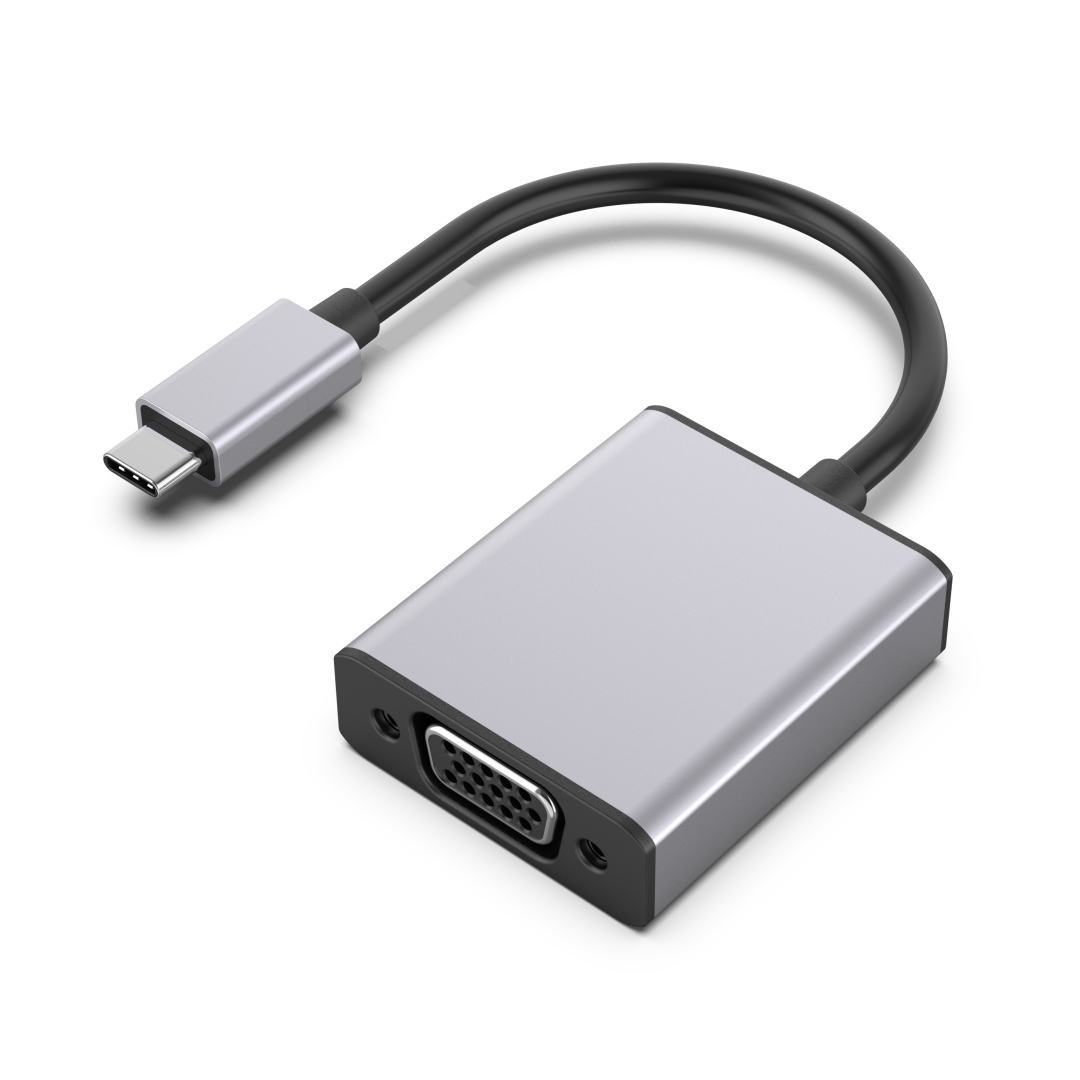The Rising Popularity of Type-C Hubs

In recent years, Type-C hubs have gained immense popularity due to their versatile and convenient nature. These hubs act as a bridge between multiple devices, allowing users to connect various peripherals to their laptops or smartphones. With the increasing number of devices adopting Type-C ports, it becomes crucial to understand the compatibility of Type-C hubs.
1. Type-C Hub Compatibility with Laptops
Type-C hubs offer broad compatibility for laptops, making them a valuable accessory for many users. Most modern laptops, including Apple MacBook Pro, Dell XPS, and Lenovo ThinkPad, come equipped with Type-C ports. These hubs enable laptop users to connect a wide range of devices such as external monitors, keyboards, mice, USB drives, and SD cards. Additionally, Type-C hubs often provide features like HDMI or VGA ports for enhanced display connectivity.
2. Type-C Hub Compatibility with Smartphones and Tablets
Type-C hubs are not limited to laptops; they also provide compatibility with smartphones and tablets. Many flagship smartphones and tablets now include Type-C ports, allowing users to expand their device's functionality. By connecting a Type-C hub, users can access additional ports such as USB-A, HDMI, Ethernet, or SD card slots. This compatibility enables seamless connectivity with various peripherals, facilitating efficient data transfer and improving overall user experience.
3. Type-C Hub Compatibility with Gaming Consoles
Gaming enthusiasts also benefit from Type-C hub compatibility. Modern gaming consoles, such as the Nintendo Switch, support Type-C connections, allowing gamers to connect additional accessories. Type-C hubs enable users to connect gaming controllers, headphones, keyboards, or even external storage devices, enhancing their gaming experience. With a single Type-C hub, gamers can easily expand the capabilities of their consoles and enjoy a more immersive gameplay.
4. Type-C Hub Compatibility with Cameras and Drones
Photographers and videographers often rely on Type-C hubs to enhance their workflow. Many cameras and drones now feature Type-C ports, enabling faster data transfer and seamless connectivity. By connecting a Type-C hub, professionals can easily import photos and videos from their cameras or drones to laptops or smartphones. These hubs also provide the option to connect external storage devices or other accessories, making it easier to manage and transfer media files.
5. Type-C Hub Compatibility with Audio Devices
Type-C hubs also offer compatibility with audio devices, catering to music enthusiasts and professionals. With the removal of traditional audio jacks from many devices like smartphones and laptops, Type-C hubs with integrated audio ports become essential. These hubs allow users to connect headphones, microphones, or speakers without compromising audio quality. Additionally, some Type-C hubs offer advanced audio features like DACs (Digital-to-Analog Converters) for improved sound performance.
Conclusion
Type-C hubs have become indispensable accessories in the modern digital world. From laptops to smartphones, gaming consoles to cameras, and audio devices, Type-C hubs offer comprehensive compatibility and versatility. With the ability to connect a range of peripherals, Type-C hubs significantly enhance productivity, convenience, and overall user experience. Whether you are a professional, a student, or a casual user, investing in a Type-C hub opens up a world of possibilities.



